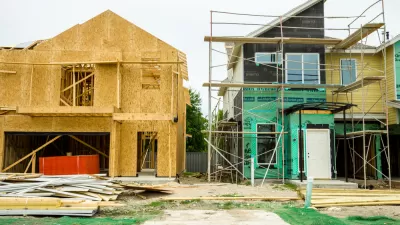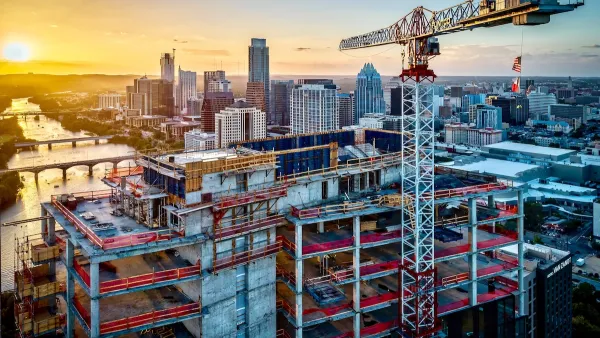Decades ago, ecologist Garrett Hardin wrote about the "tragedy of the commons"- when an action that is rational for one person becomes irrational when widely practiced. For example, suppose that there are a few dozen cattle ranchers near a pasture open to all. It makes sense for each rancher to let as many cattle graze as possible on the pasture, so that the ranchers can feed their cattle without buying additional land. But if every rancher lets as many cattle as possible graze, sooner or later the land will be overgrazed and the cattle may starve.
Decades ago, ecologist Garrett Hardin wrote about the "tragedy of the commons"- when an action that is rational for one person becomes irrational when widely practiced.
For example, suppose that there are a few dozen cattle
ranchers near a pasture open to all. It
makes sense for each rancher to let as many cattle graze as possible on the
pasture, so that the ranchers can feed their cattle without buying additional
land. But if every rancher lets as many
cattle as possible graze, sooner or later the land will be overgrazed and the
cattle may starve.
Today's NIMBY ("Not In My Back Yard")-based system of land
use regulation has a similar illogic. Typically,
an urban landowner who wishes to build additional housing units will need to
request a rezoning, because existing zoning often bars densities higher than
the status quo. Because no one other than the landowner and
its neighbors care about the rezoning, municipal politicians often approve a
rezoning only if neighbors do not object.
For each individual neighborhood, it may make sense to oppose
such rezonings. New housing may lead to
additional traffic, and may even lead to decreasing real estate values as the
housing supply expands.
But what happens if every single neighborhood keeps out new
housing? Housing prices may explode,
because a reduced supply of any item is likely to raise the price of that item. San Francisco-size housing prices may be good
for the NIMBYs, but are not so good for the region's overall quality of life.
And if there are not enough housing units in existing
neighborhoods to meet demand, developers will build housing in depopulated
(usually rural) areas where there are few neighbors to object. Because public transit usually does not serve
the newest suburbs, the residents of these new homes will drive long distances to
work, thus increasing vehicle miles traveled, which increases traffic congestion
and air pollution for everyone (as well as the unforeseeable consequences of
increased greenhouse gas emissions).
And if jobs move to serve the new suburbs' residents,
eventually residents of existing urban and suburban neighborhoods will be forced to drive to those
jobs to avoid unemployment, suffering from additional transportation costs and perhaps even from the
traffic congestion they sought to avoid when they sought to exclude urban housing.
So even though NIMBY exclusion is good for its practitioners
in the short run, we all suffer in the long run, making NIMBYism a classic
example of the "tragedy of the commons."

Maui's Vacation Rental Debate Turns Ugly
Verbal attacks, misinformation campaigns and fistfights plague a high-stakes debate to convert thousands of vacation rentals into long-term housing.

Planetizen Federal Action Tracker
A weekly monitor of how Trump’s orders and actions are impacting planners and planning in America.

San Francisco Suspends Traffic Calming Amidst Record Deaths
Citing “a challenging fiscal landscape,” the city will cease the program on the heels of 42 traffic deaths, including 24 pedestrians.

Defunct Pittsburgh Power Plant to Become Residential Tower
A decommissioned steam heat plant will be redeveloped into almost 100 affordable housing units.

Trump Prompts Restructuring of Transportation Research Board in “Unprecedented Overreach”
The TRB has eliminated more than half of its committees including those focused on climate, equity, and cities.

Amtrak Rolls Out New Orleans to Alabama “Mardi Gras” Train
The new service will operate morning and evening departures between Mobile and New Orleans.
Urban Design for Planners 1: Software Tools
This six-course series explores essential urban design concepts using open source software and equips planners with the tools they need to participate fully in the urban design process.
Planning for Universal Design
Learn the tools for implementing Universal Design in planning regulations.
Heyer Gruel & Associates PA
JM Goldson LLC
Custer County Colorado
City of Camden Redevelopment Agency
City of Astoria
Transportation Research & Education Center (TREC) at Portland State University
Jefferson Parish Government
Camden Redevelopment Agency
City of Claremont






























